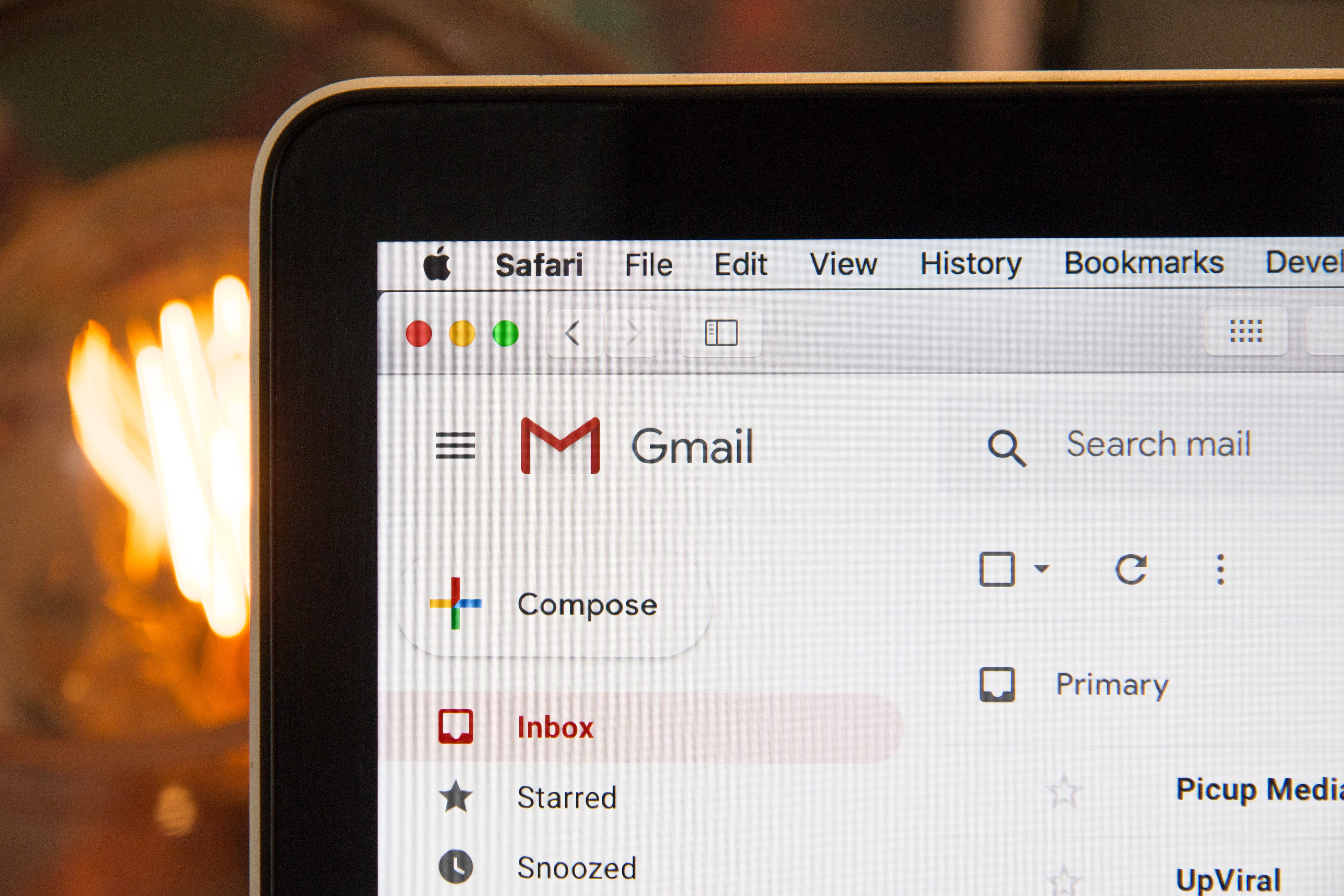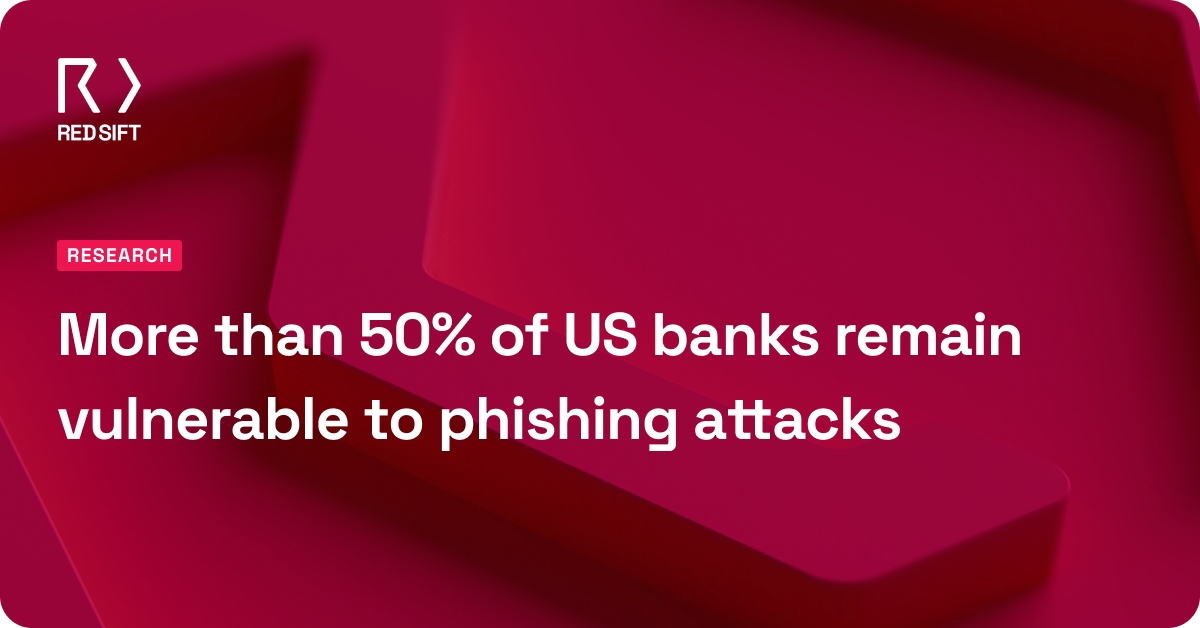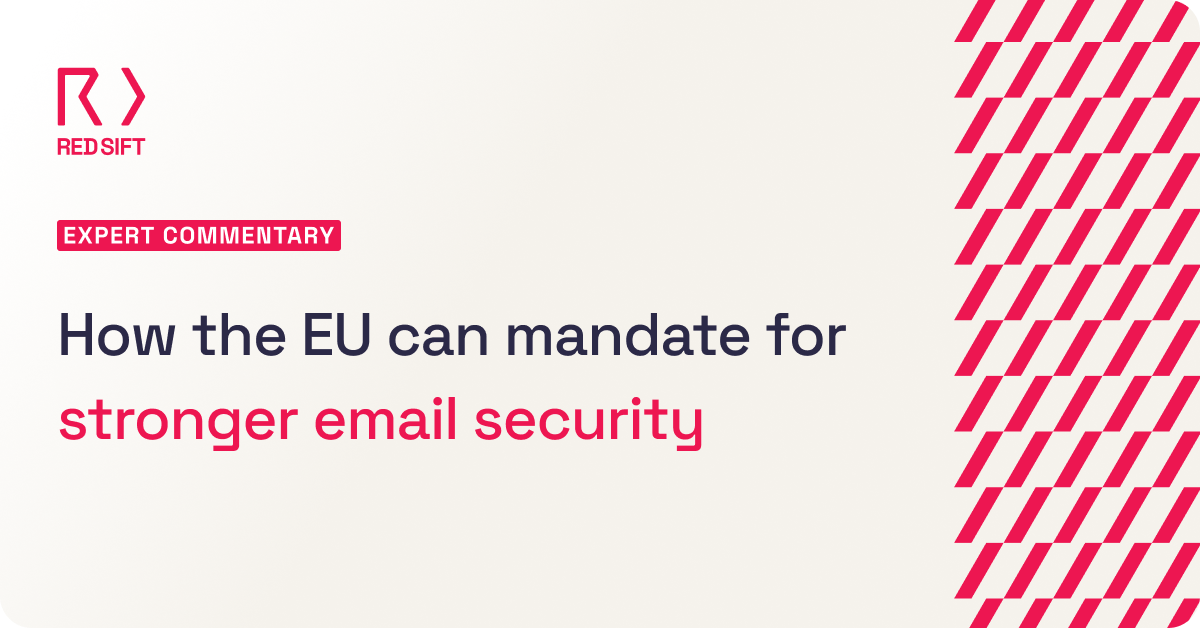Let’s say you discovered and now live on a new planet. Post-terraformation, of course. You know that outside of the oxygenated bubble you inhabit, there are all sorts of not-so-safe particles floating around keeping the indigenous life forms alive. On the flip side, the heady mix of gases that you as a human can breathe pose a counter-threat to this other world. But you all want to co-exist peacefully. (Stay with me, I have a point.)
In this scenario, humans are smart! You don’t just jump in the airlock and depressure on the way back into your radiation-proof habitat, you also do it on the way out to ensure nothing from your microcosm infiltrates the planet’s atmosphere. Nothing escapes, nothing enters. Everyone and everything remains safe.
You see where I’m going with this right?

From space hygiene to email hygiene
We’ve spent years making sure our corporate networks are safe from spam, safe from compromised inbound emails harbouring malicious code, unsafe links, nefarious attachments. We’ve even invested in employee training – now your teams can sniff out the bad stuff too. It’s all safe here, our employees are protected and our organizational networks are defended. Phew.
But your organization doesn’t operate in a hermetically-sealed bubble – you have clients, prospects, partners and people outside of your internal network that you need to contact, and let’s face it, email is much more convenient than carrier pigeons, telegrams and the postal service. So how do you ensure the emails being sent from your domain aren’t packages of digital kerfuffle? How can you assure recipients that the emails that are sent from @yourdomain.com are actually from you and not from an opportunistic scammer impersonating your currently reputable brand?
Two-way traffic means two-way protection
Since 2012 there’s been an email protocol available to help you to authenticate your outbound email and protect your domain, it’s called DMARC. This nifty tool stops scammers from being able to impersonate your domain thereby ensuring the only emails coming from @yourdomain.com actually originated from you.
Implementing outbound protection isn’t purely an altruistic move. As much as we all like to give our halos a run in the wild from time to time, here’s how sorting out your outbound email defenses can also help you:
- It stops scammers from impersonating your email address and ruining your reputation by defrauding your contacts,
- It helps achieve higher rates of email deliverability (cue audible cheer from marketers) and open rates,
- Overall it improves your email hygiene helping you to get your domain on more whitelists.
Just as you don’t want to put our organisation at risk, it’s unlikely that you want to jeopardize your customers’ networks with phishing attacks. So consider making outbound email security as high a priority as inbound – help minimise the planetary email threat level while continuing to protect your microcosm of that terraformed planet.
If you’re looking to get started with DMARC or need support in configuring an existing setup, get in touch with a member of the team or sign up for a 2 week free trial of OnDMARC!





